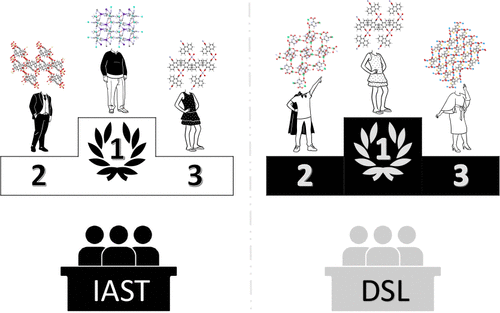E. Moubarak, S. M. Moosavi, C. Charalambous, S. Garcia, and B. Smit, A Robust Framework for Generating Adsorption Isotherms to Screen Materials for Carbon Capture Ind. Eng. Chem. Res. (2023) doi: 10.1021/acs.iecr.3c01358

Abstract: To rank the performance of materials for a given carbon capture process, we rely on pure component isotherms from which we predict the mixture isotherms. For screening a large number of materials, we also increasingly rely on isotherms predicted from molecular simulations. In particular, for such screening studies, it is important that the procedures to generate the data are accurate, reliable, and robust. In this work, we develop an efficient and automated workflow for a meticulous sampling of pure component isotherms. The workflow was tested on a set of metal–organic frameworks (MOFs) and proved to be reliable given different guest molecules. We show that the coupling of our workflow with the Clausius–Clapeyron relation saves CPU time, yet enables us to accurately predict pure component isotherms at the temperatures of interest, starting from a reference isotherm at a given temperature. We also show that one can accurately predict the CO2 and N2 mixture isotherms using ideal adsorbed solution theory (IAST). In particular, we show that IAST is a more reliable numerical tool to predict binary adsorption uptakes for a range of pressures, temperatures, and compositions, as it does not rely on the fitting of experimental data, which typically needs to be done with analytical models such as dual-site Langmuir (DSL). This makes IAST a more suitable and general technique to bridge the gap between adsorption (raw) data and process modeling. To demonstrate this point, we show that the ranking of materials, for a standard three-step temperature swing adsorption (TSA) process, can be significantly different depending on the thermodynamic method used to predict binary adsorption data. We show that, for the design of processes that capture CO2 from low concentration (0.4%) streams, the commonly used methodology to predict mixture isotherms incorrectly assigns up to 33% of the materials as top-performing.